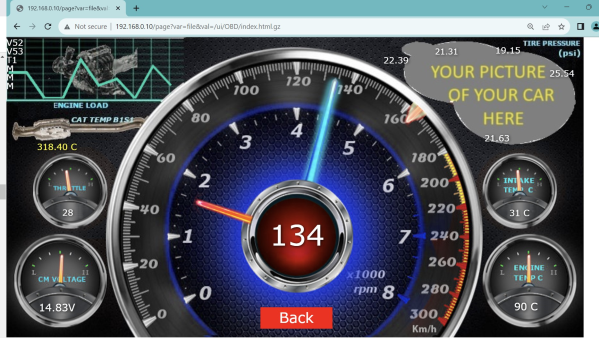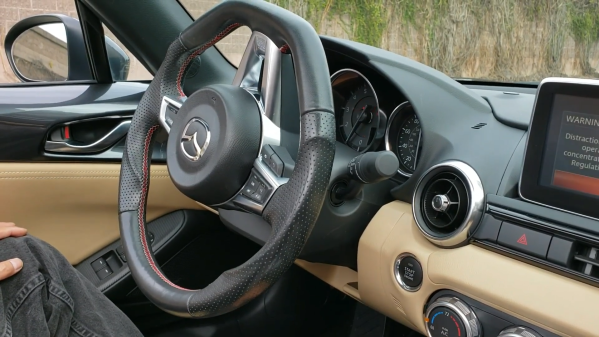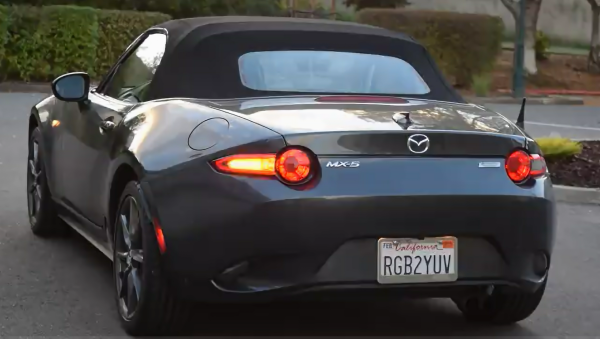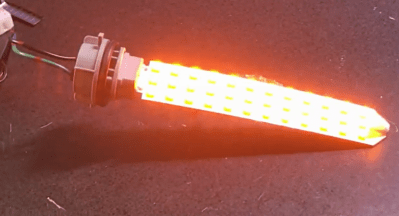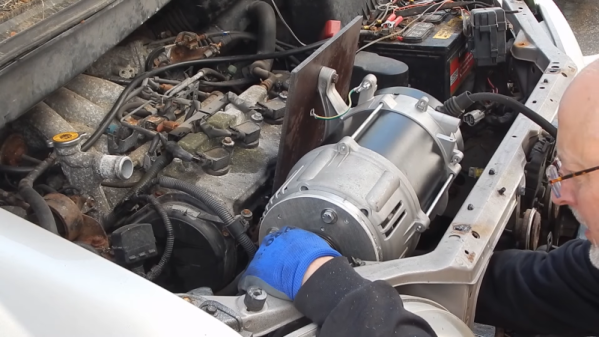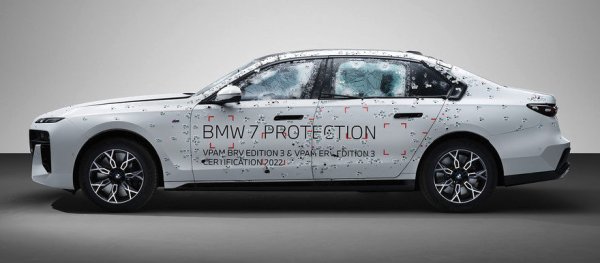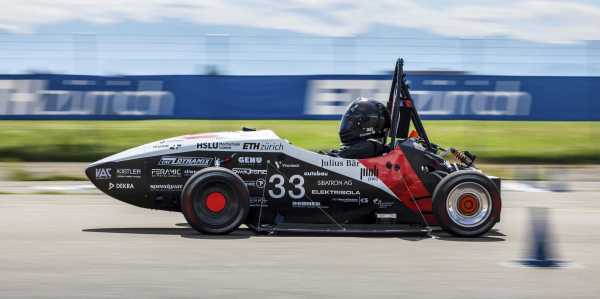Modern cars often come with white marker lights or daytime running lights that are on all the time, as a supplement to the primary headlights. The problem is that in some vehicle designs, these additional lights tend to make it harder to see the indicators when they’re on. [nibbler] had this very problem, and decided to solve it with a special interrupter circuit that cuts the daytime running light when the indicator is on. Even better, they used a 555 to do it!
The circuit is a simple monostable 555 circuit with an active low output. It’s triggered by the indicator signal. When the indicator is on, the circuit drives a relay to switch off the power to the daytime running light. Two copies of the circuit were built, one for the left side, and one for the right side of the car. This means that when the orange indicator is lit, it’s not being overwhelmed by the white daytime running light next to it. In fact, many automakers now program this behavior into their lighting by default.
It’s a nifty hack with a real positive safety impact. We’ve featured some other neat indicator hacks of late, like these tidy sequential indicators. Meanwhile, if you’re hacking on your own automotive lighting solutions, don’t hesitate to let us know!


